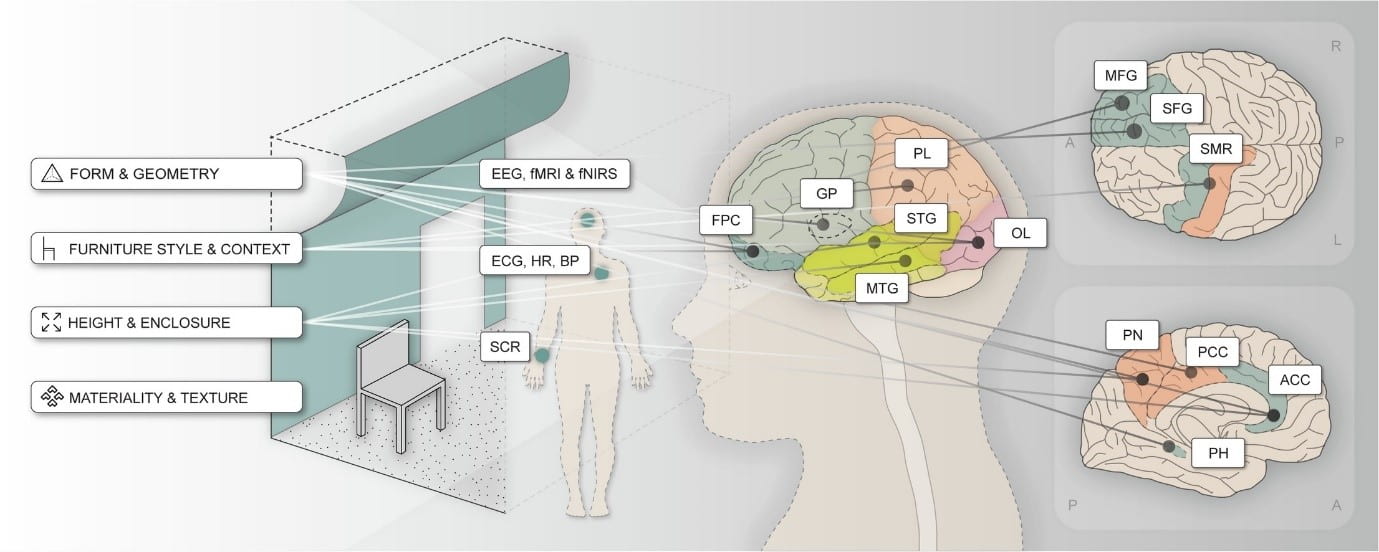
Every step is progress: starting your open scholarship journey
For Open Access Week 2020, Dimity Flanagan (Manager, Scholarly Communications) is speaking with researchers across the University of Melbourne about why Open Access is important and the practicalities of making their research open.
Today we are speaking with Isabella Bower, a Research Outputs Coordinator at the University of Melbourne and PhD Candidate in the Faculty of Science, Engineering and Built Environment at Deakin University. Isabella holds the John Paul Eberhard Fellowship, awarded by the Academy of Neuroscience for Architecture and is the former President for the Students of Brain Research network.
Q. What prompted your interest in pursuing Open Access and other aspects of open scholarship?
My former role at University of Melbourne was Research Coordinator and Communications Officer for a research team which spanned two faculties. I began engaging with OA practice to ensure industry and government had access to engage with our work and implement the research findings in design and educational practice. Through making the work OA, these outputs are frequently downloaded and the team’s research has been used in government policy to guide educational facility design for architects.
As my own PhD research involves a great deal of neuroscience but my background is in architecture, I’ve been cognisant I need to set a good example for crossing fields. A literature review I published last year found significant reporting and reproducibility issues, which meant we still had too little evidence to run a meta-analysis. Taking steps towards open scholarship practice gives me confidence I’m setting the standard I want to see for my research field to advance.
Q. Making your research outputs open is just one part of making your research accessible. What other techniques have you employed to communicate your research?
Preregistering literature reviews and study designs, using pre-print servers and publishing data sets and analysis code can help ensure our work is transparent and robust. You can also engage with internal and external media directly or indirectly to make sure your work is disseminated to the right audiences.
A piece of scholarship is not just the journal article, it’s the entire lifecycle from conception to dissemination and implementation.
In terms of communication, I try to engage in different ways to share and make my research visible. As my work is transdisciplinary, I participate in public events aimed at each of the different audiences I want to inform (science and design). An example is speaking at MPavilion and Pint of Science. Through the range of events I’ve been involved with, my research has been featured in institutionary media and the local newspaper which has a distribution of roughly ~70,000.
For accessibility, I published a visual abstract with my first publication, created a short animation about my work and co-edited a plain-English blog post about my research for an industry-based company. I think more work can be done in clearly illustrating (both in still and animated form) research findings to increase engagement.

Q. As someone who also works in a Faculty Research Office encouraging researchers to deposit in Open Access repositories, why do you think open scholarship still isn’t a standard practice in academia?
I think it comes down to mentoring, team culture and the rapid growth of online technologies and tools. To address this, we need to understand and foresee how external and internal systems and structures influence and motivate behaviours in academia. That means ensuring what we reward aligns with the values for our research culture and practice. The rate at which technology develops also provides challenges as we must be proactive in learning how to use new tools to better our practice.
I’m at the very beginning of my own research career, I hope to see open scholarship and slow science valued and embedded in our systems and structures.
Q. What are your top tips for researchers on engaging more with the practices of open scholarship?
I was inspired by a presentation earlier this year from the Organisation for Human Brain Mapping (OHBM). Dr Ben Fulcher made the very important point that it’s not “all or nothing”. There’s so much we can do in the space of open scholarship and that can feel daunting, especially for those who are new to research or for whom this practice is new. Every step is progress.
Open scholarship is about two things for me, communication and rigour. By understanding who your research is aimed at, you can tailor a strategy for dissemination and impact. By publishing not just your paper, but the full scholarship and making it visible through other means, we can work collaboratively across the world to produce the best science we can.
You can connect with Isabella and her research on Twitter @bella_s_bower. Her most recent journal article on the Impact of built environment design on emotion is OA and available here: https://doi.org/10.1016/j.jenvp.2019.101344
This blog post is released under a CC BY-SA license.
Leave a Reply